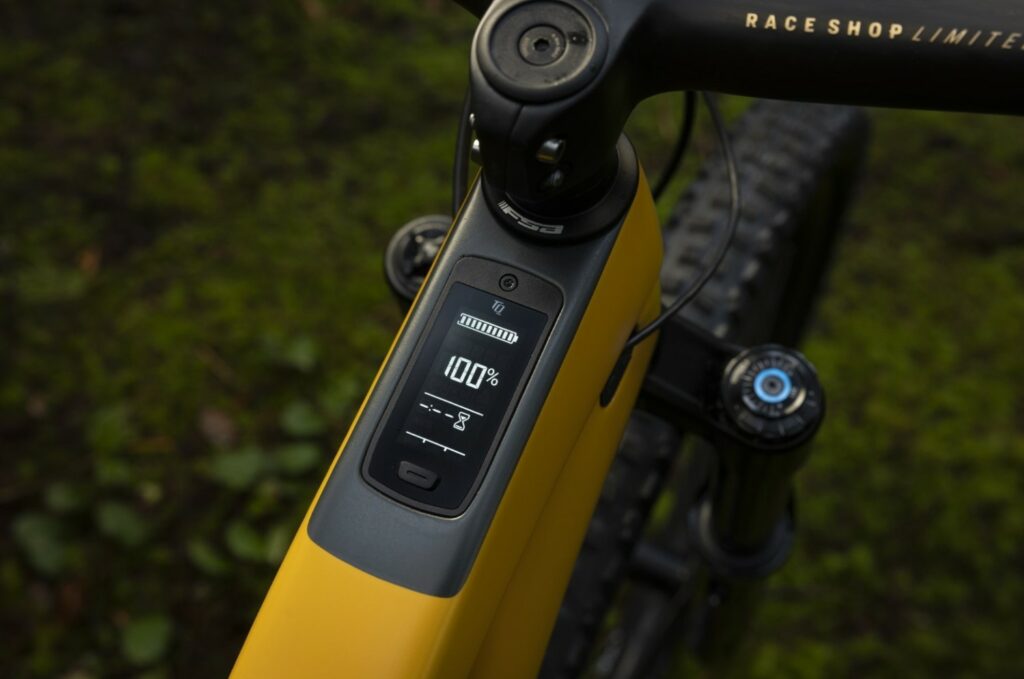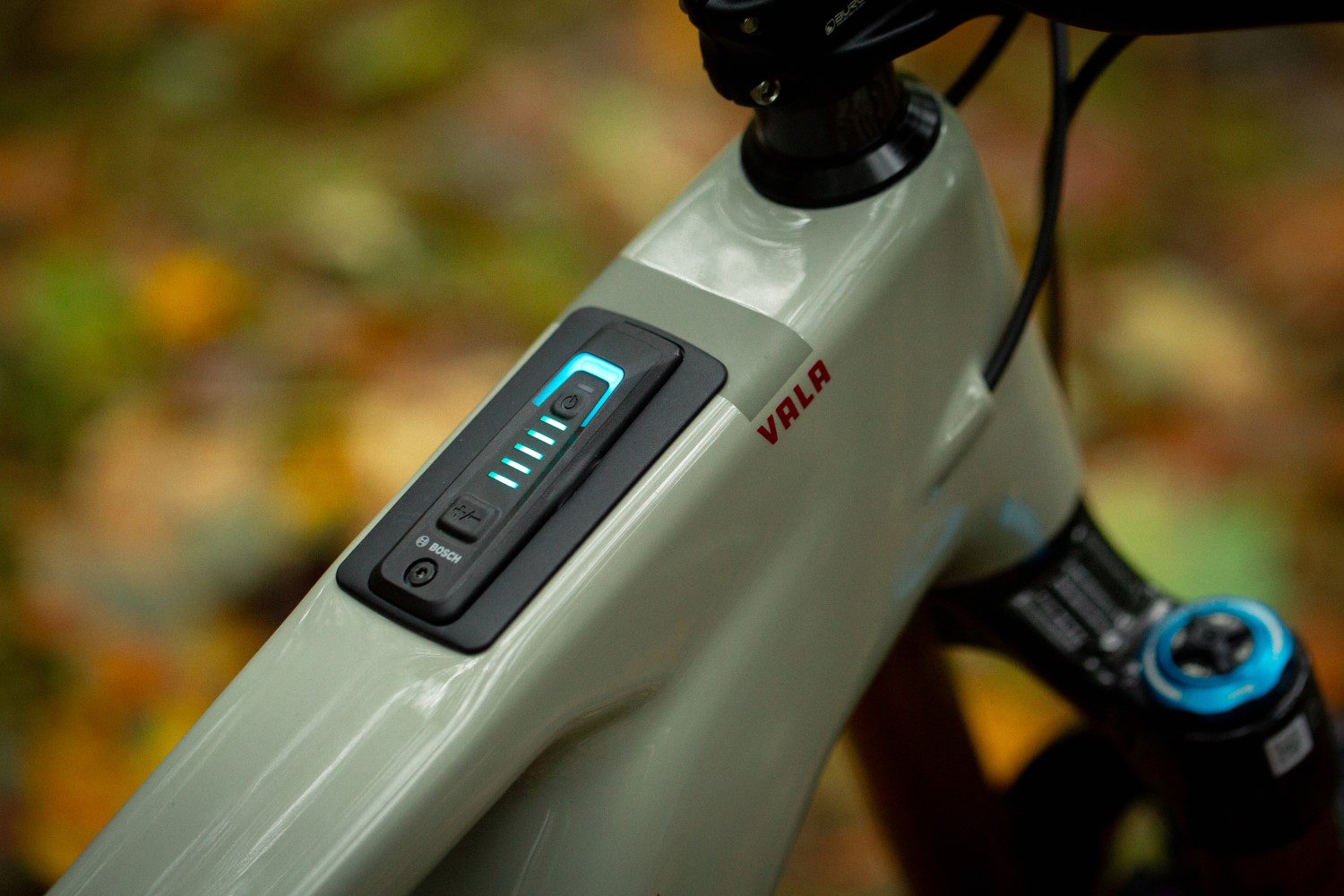Whether you’re thinking of getting your first e-bike or you’re already a seasoned rider, here’s our comprehensive guide to e-bike laws, safety tips & UK electric bike regulations.
Throughout this guide, we’ll cover important electric bike laws and essential safety practices. We’ll also provide tips for safer riding; everything from helmet requirements to where you’re allowed to ride your e-bike.



Stay Safe – E-Bike Safety, Laws & Regulations
E-bikes have rapidly grown in popularity over the last few years, and as more people make the switch to electric it’s always important to stay safe and be aware of the laws & regulations surrounding e-bike use.
Below we go through a lot of the Frequently Asked Questions regarding e-bike ownership & use.
Use the navigation list below to skip to each section:
- Buy from a reputable seller
- Understanding E-Bike Classifications
- E-Bike Safety
- Helmets & Protective Gear
- Checks before every ride
- Following the rules of the road
- E-Bike Laws & Regulations (Speed Limits & Restrictions)
- Age Requirements
- Helmet Laws
- Where you can ride an E-bike
- License, Insurance & Registration



Buy from a reputable seller
It is always important to purchase your e-bike from a reputable seller, here at Leisure Lakes Bikes we make sure every e-bike has undergone rigorous testing and meets safety standards.
E-bikes can contain complex electrical components and batteries, and buying from a less reputable seller can result in malfunctions, poor-quality parts or even a potential fire hazard.
At Leisure Lakes Bikes we only source our e-bikes from trusted suppliers. We also offer customer support, bike insurance & return policies; saving you time and money in the unlikely event that you’re not happy with your new e-bike.
Understanding E-Bike Classifications
In the UK, electric bikes are split into three classes based mainly on their functionality:
- Class 1: Pedal assistance only, up to 20 mph
- Class 2: Pedal assistance & throttle, up to 20 mph
- Class 3: Pedal assistance only, up to 28 mph
If a bike does not meet EAPC (Electrically Assisted Pedal Cycle) standards, no matter its classification, it cannot be legally used on UK roads.
Some E-Bikes can be used on private land legally that do not meet EAPC guidelines. For more on what is classed as an EAPC, click here.




E-Bike Safety
Electric bikes use large lithium-ion batteries that are completely safe but can present a risk if not used & stored properly.
You should never modify your e-bike battery and always unplug the battery when it’s fully charged, never leaving it on charge overnight.
Direct from GOV.uk, here are the main points to consider for charging, storing & everyday use of your e-bike:

“Step 1: RESEARCH – only BUY an e-bike, e-scooter, charger or battery from a known seller and check any product reviews
Step 2: READ – always READ and FOLLOW the manufacturer’s instructions for charging and using e-bikes or e-scooters
Step 3: CHECK – not all e-bike or e-scooter batteries and chargers are compatible or safe when used together. Check and only USE the manufacturer’s recommended battery or charger
Step 4: CHARGE – always charge in a safe place without blocking exits and always UNPLUG your charger when you have finished charging
Step 5: NEVER – attempt to modify or tamper with your battery”
Here are a few tips to help maintain the high performance of your battery:
Factors that shorten the service life:
● Heavy-load use
● Storage at over 30°C ambient temperature
● Prolonged storage in a fully charged or fully discharged state
● Parking the e-bike in direct sunlight
Factors that extend the service life:
● Low-load use
● Storage at a temperature between 0 and 20 °C
● Storage at approx. 30 – 60 % charge status
● Parking the e-bike in the shade or a cool location
Disposal
Electric Bike rechargeable batteries are considered industrial batteries and should not be disposed of as household waste or in the usual battery collection containers.
Faulty e-bike batteries can in some cases be returned to the dealer or taken to your local recycling depot.
Helmets & Protective Gear
Selecting the appropriate helmet & gear when using your e-bike is always important.
You should always have a helmet that’s durable & shock-absorbent, and consider body protection depending on the type of riding you’re doing.

For added protection, consider a MIPS helmet.
MIPS stands for Multi-directional Impact Protection System. A helmet technology that greatly reduces the risk of brain injury during a fall, MIPS helmets have a thin insert between the helmet’s shell and the skull cap that allows the helmet to move independently during an impact. This works to reduce the rotational force on the brain and the risk of injury.
Look out for the MIPS logo on our helmet product pages.
Checks before every ride
Before heading out on your e-bike you should check the following:
- Brakes – Check for any loose parts or cables, and ensure that brake pads or rotors aren’t too worn.
- Battery – Check your battery charge, ensuring your battery is sufficiently charged and has enough range for your ride.
- Wheels – Check that your wheels are correctly seated and that your axle is secure.
- Tyres – Check your tyre pressure and make sure they meet the recommended PSI. Check the general wear of the tyres for potential tears or punctures.
- Gears – Make sure your gears aren’t sticking or slow to change. Check for rust or any built-up grime.
- Bolts – Have a general check of bolts, such as those around the stem and handlebars, making sure they are tight enough.
It’s also always a good idea to make sure you have the right tools for quick roadside or trailside repairs.

Cleaning
Make sure to keep your e-bike in top working order with appropriate cleaners, lubes & degreasers.
For bikes with easy access to the battery, we recommend using a damp cloth to clean the battery casing. The terminals should be cleaned occasionally and lightly greased. The battery should be completely removed before cleaning the e-bike.
To protect the electronic components, batteries must not be cleaned with direct water contact. If your bike does not have an easily removable battery this will be well protected from water ingress, but the care and cleaning of charge ports is essential.
Follow the rules of the road
You should always follow the same rules as you would with a regular bike whilst riding an e-bike, making sure to ride in accordance with the Highway Code.
In addition to EAPC rules (more on this below), here are some etiquette tips for riding an electric bike:
- Be courteous and always keep your speed in check when riding close to other vehicles and pedestrians
- Use a bell to alert other riders & pedestrians of your presence and to let them know you’re passing
- Always be respectful of other users if you’re riding on multi-use paths
- Adjust your pace so everyone can keep up if you’re in a group ride




Electric Bike Laws & Regulations in the UK
Including speed limits, restrictions, helmet laws and more; here is a breakdown of the must-know Electric Bike laws and regulations regarding e-bikes in the UK.
Speed Limits and Power Restrictions
What is an EAPC?
In a lot of e-bike legislation, you may see the term ‘EAPC’. This simply stands for ‘Electrically Assisted Pedal Cycles’. An e-bike must meet EAPC requirements in the UK to be classed as a bicycle and not a motor vehicle.
What counts as an EAPC?
According to Gov.UK, an EAPC must have pedals that can be used to propel it.
It must show either:
- The power output
- The manufacturer of the motor
It must also show either:
- The battery’s voltage
- The maximum speed of the bike
Its electric motor:
- Must have a maximum power output of 250 watts
- Should not be able to propel the bike when it’s travelling more than 15.5mph
- An EAPC can have more than 2 wheels (for example, a tricycle)
Age Requirements
Is there an age limit for riding an e-bike?
According to Gov. UK, in the UK you must be aged over 14 years old to legally ride an e-bike.
Helmet Laws
Currently, in the UK, it is not legally required to wear a helmet when riding an electric bike on public roads. However, it is always strongly recommended for safety reasons.
The Highway Code advises cyclists to wear a safe, well-fitting helmet that meets current regulations. A helmet with integrated MIPS technology is always advisable.



Where you can ride an E-Bike
As long as a bike meets the EAPC requirements it’s classed as a normal pedal bike. This means you can ride it on cycle paths and anywhere else pedal bikes are allowed.
License, Insurance and Registration Requirements
In the UK you don’t need a license, tax or registration to legally ride an e-bike. You also don’t require any form of insurance.

Any more questions?
You can always get in touch with one of our experts.
Want to try out an e-bike before you buy?
Contact your local store to arrange a test ride!








